By Eric Vandenbroeck and
co-workers
The search for Nextpolis
Yesterday the highly
anticipated COP26 climate change summit began in the Scottish city of Glasgow. Delegates
from about 200 countries will announce how they will cut emissions by 2030 and
help the planet.
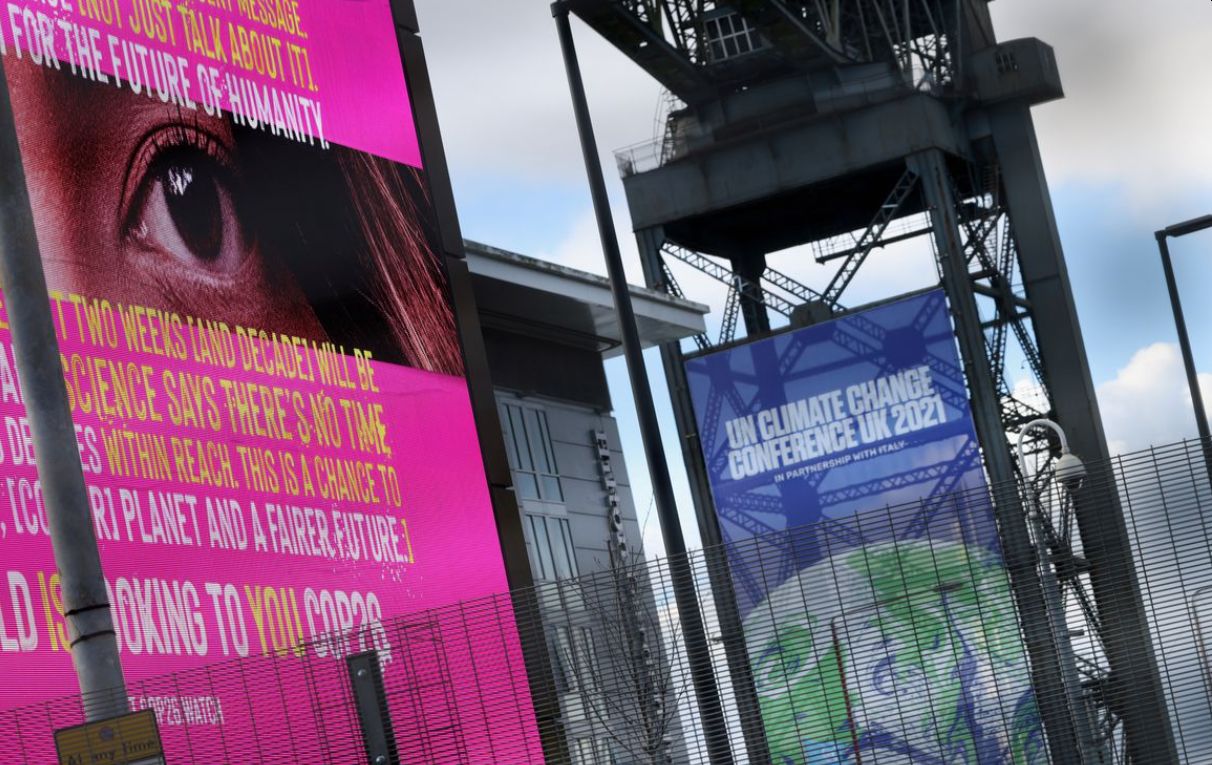
With world warming
because of fossil fuel emissions caused by humans, scientists warn that urgent
action is needed to avoid a climate catastrophe.
A previously unnamed
glacier in West Antarctica is to be called Glasgow Glacier to mark the Scottish
city's hosting of the COP26 climate meeting:
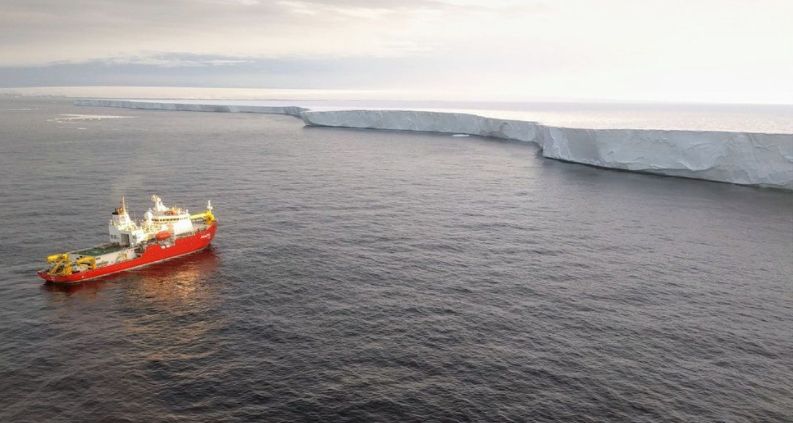
Speaking to reporters
on the way to Rome on Friday, the British PM Boris Johnson used
the example of
the Roman empire’s collapse to highlight what he said was the possibility of
runaway climate change bringing a decline in civilization.
Questioned about the
stakes for Cop26 in Rome, where he was interviewed next to the
Coliseum, Johnson reiterated his warnings about the consequences for the globe.
“If you increase the temperatures
of the planet by four degrees or more, as they are predicted to do
remorselessly, you’ll have seen the graphs, then you produce these very
difficult geopolitical events,” he told Channel 4 News.
“You produce
shortages, you produce desertification, habitat loss, movements, contests for
water, for food, huge movements of peoples. Those are things that are going to
be politically very, very difficult to control.
“When the Roman
Empire fell, it was large as a result of uncontrolled immigration. The empire
could no longer control its borders, people came in from the east, all over the
place, and we went into a dark age, Europe went into a dark age that lasted a
very long time. The point of that is to say it can happen again. People should
not be so conceited as to imagine that history is a one-way ratchet.
“Unless you can make
sure next week at Cop in Glasgow that we keep alive this prospect of
restricting the growth in the temperature of the planet then we really face a
real problem for humanity.”
Johnson has faced
criticism this week for his own inaction over tackling emissions, with
Wednesday’s autumn budget again froze fuel duty, and cut levies on
shorter, domestic flights,
but he arrived in Rome bearing a blunt message for fellow G20 leaders.
In Rome, Johnson will
hold bilateral talks with Scott Morrison, the Australian prime minister, whose
own record on reducing emissions has been
heavily criticised, as well as Canada’s Justin Trudeau and Italy’s Mario
Draghi.
Also attending this
meeting will be the French president, Emmanuel Macron, and the German
chancellor, Angela Merkel, who is expected to bring along her likely successor,
Olaf Scholz, currently the finance minister.
The search for Nextpolis
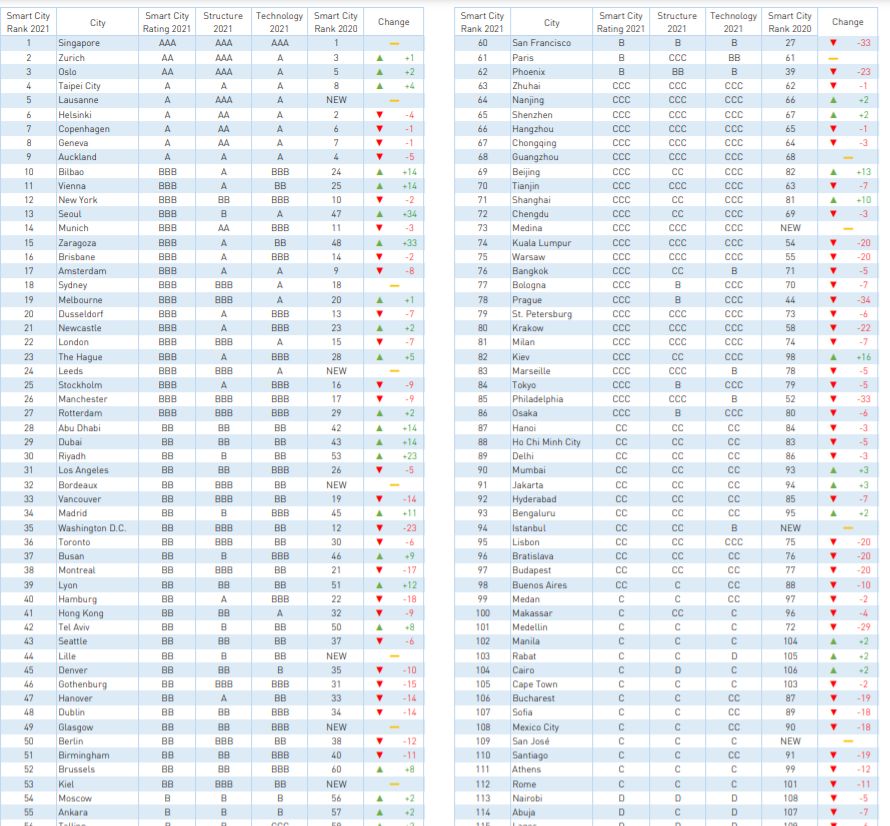
Thus many, especially this past year, wondered where
to move.
During the pandemic
spring of 2020, our Mesopotamian instincts
refreshed as naturally as riding a bicycle. Australia and New Zealand,
Switzerland and Austria, Finland and Estonia, pairs of like-minded neighbors
with small populations reopened borders exclusively to each other. “Green
lanes” and “immunity bubbles” kicked in, signifying how trust in each other’s
health systems mattered more than centuries of inter-state diplomatic
conventions. The US passport was suddenly welcome in just 30 countries instead
of the usual 150.
The planned site for Necropolis:
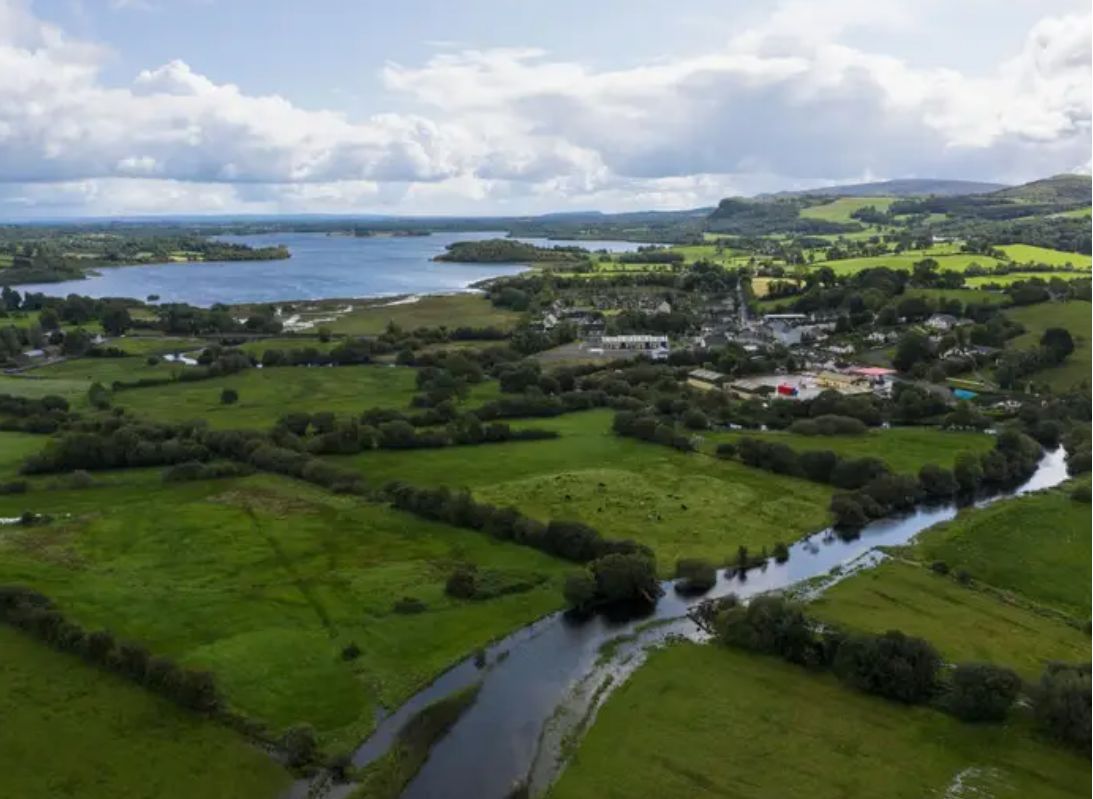
Nobody wants a
trade-off between health and wealth. Our vague loyalty to the nation pales in
comparison to our visceral desire to be ensconced inside a green zone. Well-governed
territories would instead connect than be chained to weak links next door.
Indeed, most striking was the behavior of states and provinces within countries
that had no legal right to close internal borders. Hawaii sought to reopen
tourism for Australians and Japanese, but not fellow Americans. Police in Rhode
Island searched neighborhoods for New York license plates; even fellow New
Yorkers in the Hamptons suspected wealthy refugees from New York City of
unfairly plundering their grocery stores. As Scotland brought Covid under
control, it had no interest in letting in undisciplined compatriots from
England.
Anyone who can afford
to is moving away from red zones and into green zones, places with robust virus
testing and vaccination programs. Within the US, that means ditching states
where armed militias occupy capitol buildings to prevent lockdowns while anti-vaxxers
and other “Covidiots” run amok. More broadly, green zones tend to be countries
where politics doesn’t interfere with science and where technology is
aggressively being applied to public health, such as South Korea. Canada’s BlueDot system integrates medical records, geolocated web
search metadata, and mobile phone patterns to warn of virus outbreaks. Swedes
have begun having RFID-tagged chips inserted under their skin that can affirm
their health status. AI now scans health records in China, Singapore, and
elsewhere, and free screenings anticipate the potential onset of cancer and
other conditions. Next, we might see governments proactively offer treatments
using genomics and synthetic biology.
No doubt, public
health will become a significant priority in countries that failed the Covid
test, much as after the Black Death, European societies introduced sewers and
paved roads. But why gamble with your life when life is no longer short?
Indeed, today’s mobile class is looking for “blue zones” that combine
preventive measures and pro-longevity interventions. Places such as Sardinia in
Italy and Okinawa in Japan have earned the blue zone moniker for their
combination of the new environment, organic diet, regular exercise, and strong
community bonds that have propelled locals to the most extended lifespans of
any place on Earth. Humanity would be better off with the blue zone diet of
vegetables, grains, seeds, fruits, nuts, beans, and fish. Longer biological
lifespans could elevate people’s desire to live in places free of arbitrary
violence. Since America is the only rich country with frequent mass shootings,
talented people with a healthy sense of self-preservation will either continue
to raise their security walls or move to more trustworthy communities. In 2019,
San Francisco labeled the NRA a “domestic terrorist organization,” but now that
guns can be 3D-printed, sensible locales will have to monitor those
technologies as well. At the intersection of green zones and blue zones, one
finds societies that have affordable housing and wage protections and female
leaders and community policing.1
This is a reminder
that people don’t plan their next moves searching for high GDP growth. GDP as a
measure of welfare is the statistical equivalent of gold: It’s only valuable if
people believe in it. Instead, today’s youth are more inclined to put their
faith in sustainable economies, diverse and inclusive societies, and a culture
of rights and wellness. There is an arms race underway to rank countries
according to their socioeconomic inclusion and environmental sustainability
balance. Comparing countries by their GDP versus their rank in the recently
launched Social Progress Index (SPI) is startling. The US, for example, is
wealthier per capita than all but a few small European tax-havens. But given
its poor healthcare, violence, and inequality, it ranks only twenty-sixth in
the SPI. The top tier of SPI countries is made up of the usual suspects in
northern Europe and Switzerland, Ireland, Australia, and New Zealand, and large
countries such as Germany, Japan, Canada, and France. Even amid Europe’s low-growth
trajectory, wealth tempered by fairness suggests more excellent social
stability.
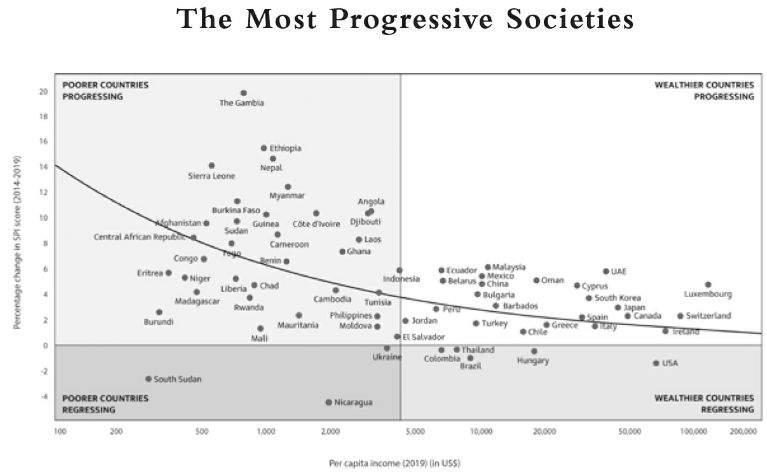
Heliogen technology
Canadian, European,
and Australian cities have made the most significant strides toward alternative
and renewable energy such as solar, wind, and nuclear power. No country is
decarbonizing faster than France, which has invited a multinational consortium
to construct the world’s most powerful fusion reactor. Cold fusion technology
has the support of Google and Japan’s Mitsubishi and Bill
Gates, who also backs Heliogen. This concentrated
solar technology could provide enough power even for industrial cement making.
(Companies such as Carbon Cure also inject carbon captured from cement making
back into the cement.) Hydrogen power can already replace coal and gas for steel
making and energy extraction (two other emissions-intensive sectors). Japan is
building two dozen new coal-fired power plants to compensate for its closing of
nuclear plants after the Fukushima disaster. Still, it’s also importing
compressed liquid hydrogen from Australia in a bid to become the world’s clean
energy leader. South Korea is well on its way to having multiple cities fueled
by hydrogen for heating, cooling, and electricity. Fusion, hydrogen, solar, and
wind power can also be used to cool our data centers, the fastest-growing
source of emissions. A city of any size should be able to power itself.
This means that our
mobility within and between cities should have a far smaller environmental
footprint. Thanks to Tesla, BYD in China, and the many European and Japanese
carmakers ramping up electric vehicle production, the EV share of total car
sales is rising steadily worldwide. But even though Germany and Sweden have
roads that charge them, the global supply chain for lithium-ion batteries is
dirty and vulnerable. That’s why China’s CATL is developing (for Tesla)
cobalt-free batteries that don’t require mining in Africa and South America.
Hydrogen-powered public transport and cars are taking off in Japan, South
Korea, and China. Organic waste can be turned into synthetic gas to power
garbage trucks. And Toyota’s solar panel–covered car provides a day’s worth of
urban driving with no charging required.
It’s common today to
hear pronouncements about the “death of globalization.” Generations past have
presumed the same about their times. Yet much like Europe after World War I,
each period of retrenchment is followed by an even broader and deeper globalization
wave. So it shall be again. Oil trade may decrease, but the digital exchange is
exploding. Trade-in manufactured goods have ebbed, but capital flows and
cryptocurrencies are thriving. Populism and the pandemic have tightened some
borders, but climate change will drive ever more people across them. Remember
the most fundamental truth about humanity through the ages: We keep building
connectivity across the planet, and we keep using it.
Mobility is destiny.
A map of the world population distribution in 2020 shows large concentrations
along the coasts of North America and the Pacific Rim and the dense urban
clusters of Europe, Africa, and South Asia. But as we animate that map toward
2050, the coastlines of North America and Asia will submerge, and their people
will retreat inland. South Americans and Africans will surge northward as their
farmland desertifies and their economies crumble.
South Asia, India, Pakistan, and Bangladesh, will be the origin of an even more
significant exodus as sea levels rise and rivers dry up. At the same time,
automation makes human labor redundant, and governments fail to provide
stability and welfare. As the decades unfold, dozens of new cities will pop up in
previously uninhabited regions, from the Canadian Arctic and Greenland to
Russian Siberia and the Central Asian steppe. Some towns will move with their
inhabitants.
The Covid lockdown
crushed the economy but (temporarily) cleared the skies. Millions of Indians
living in the foothills of the Himalayas had never seen its peaks until March
2020, when decades of oppressive smog were temporarily removed. Can we maintain
economic vibrancy while also eliminating noxious greenhouse gas emissions? The
Paris climate agreement has been held up as a road map for the world, but no
collective action has backed it up. American presidents can make promises that
their successors reject and Congress fails to legislate, and that would take
decades to implement. Canada is a signatory to the Paris Agreement but has just
approved the development of a massive new tar sands oil field. Europe is
reducing its emissions, but its efforts are more than outweighed by their
growth everywhere else. China is cleaning up at home but exporting dirty coal
abroad. India and Brazil decry climate colonialism while India remains reliant
on coal power, and Brazil logs the Amazon. Carbon taxes are gaining ground, but
these are, at best half measures. Markets, many critics argue, are what got us
into this mess in the first place.
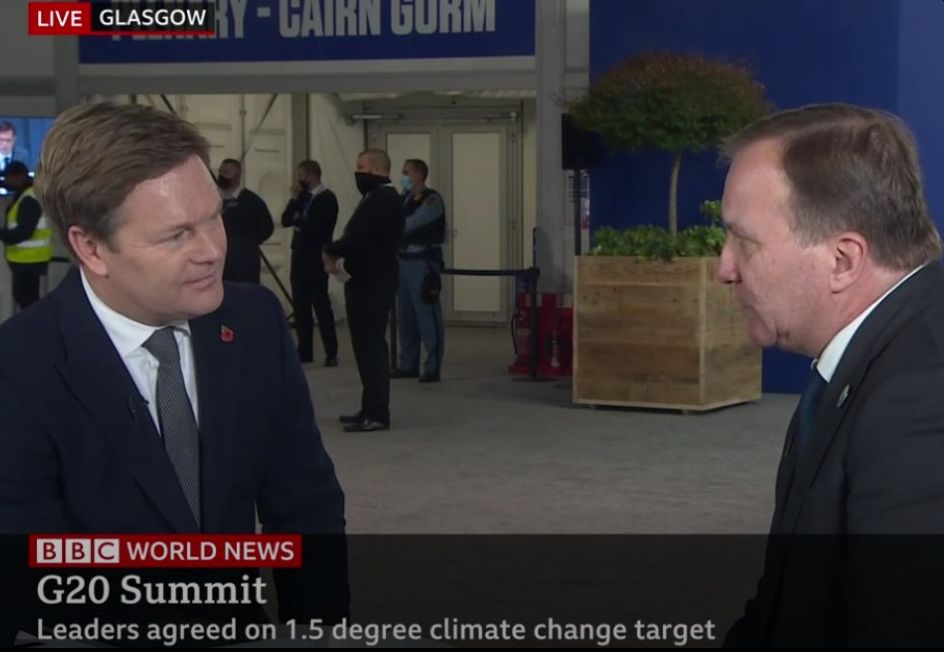
Our many colonial-era
borders hinder cooperation on today’s existential challenges. For example,
India and Pakistan dispute the Sir Creek estuary that forms the Feni River’s
delta into the Arabian Sea. Here and elsewhere, countries can’t agree on a
river border. Instead, they should have been turned into wetland conservation
areas long ago. Some sub-Saharan African nations, such as Botswana and Zambia,
have managed to establish cross-border ecological preserves. The same should be
done in the precarious but ecologically precious Demilitarized Zone between
North and South Korea. Such thinking is needed across the world. Though the
notorious 1885 Congress of Berlin is where Africa got many of its straight-line
borders, Europeans also utilized the legal concept of do ut
des, meaning “giving to receive.” Today, they can also share sovereignty.
Sovereignty today
serves to demarcate zones of political control, but it also shields governments
from complying with transnational responsibilities. Yet climate change raises
new questions about countries’ obligations to conserve habitats, reduce greenhouse
gas emissions, and accept migrants. At the heart of these queries lies a stark
choice. What matters more: nationality or sustainability? Should states be
permitted to have leaders who ruin the Earth for all of us? Is the territory of
Canada or Russia too crucial to the world to be left to Canadians and Russians
alone to govern? Can we evolve from sovereignty to stewardship?
Repurposing vast
swaths of the planet for large-scale resettlement requires re-coding territory
away from strict sovereignty into administrative protectorates designated for
agriculture, forestry, marine life, or habitation. Countries could lease
critical habitats to international cooperatives for their sustainable
cultivation. When spaces are so crucial that no one government should control
them exclusively, we can design mechanisms that balance sustainability with
fair access. IUCN helps countries designate nature reserves, wilderness areas,
national parks, and sustainable resource development areas and finds partners
to assist them. To date, such technical support by IUCN and the World Wildlife
Fund has led to 15 percent of the Earth’s land area being designated as
protected areas. E. O. Wilson argued our target should be 50 percent. Linking
biospheres would allow many currently endangered species and natural habitats
to regenerate.
Twenty years ago, we
feared rampant overpopulation. Today’s most urgent task is to nurture those
alive and yet to be born to ensure the survival of humanity through this
century. Will people have to move, but will we let them? Is there any
justification for a system in which large and resource-rich countries close
their borders while those least responsible for climate change are sinking or
running out of water? To lock the world population into its present position
amounts to ecocide, yet it won’t make those who survive better off. Our
economies will still face acute labor shortages, and the wealth created from
the global exchange will halt. We should cultivate the planet’s habitable oases
and move people there.
Moral philosophers
have nonetheless put the nation ahead of humanity in their inquiries. For
example, seventeenth-century English philosopher John Locke argued for
naturalizing immigrants to enlarge the labor pool and expand production. He was
clear that migration should not deprive locals of their property rights. The
eighteenth-century Prussian philosopher Immanuel Kant advocated a right to
hospitality for all people, but this was understood more as a temporary sojourn
rather than permanent residence. As with Locke, it was conditioned on the
visitor not causing harm to his hosts.2
Kant’s ideas
continued to animate twentieth-century debates about migrant rights. Living
through the postwar decades of significant migrations between Britain and its
former colonies, the late Oxford philosopher Michael Dummett echoed Kant in his
view that a moral state should provide fundamental rights to both citizens and
noncitizens alike. The right to migrate is such a right, as is the right of
stateless people to become citizens of some state. Jacques Derrida similarly
argued for strict national sovereignty to soften in favor of more ethical
hospitality toward foreigners. But even for famed philosophers such as John
Rawls, migration played a minor role in his thought experiments about
self-contained states. He supported people’s right to move, but not any
imposition on national sovereignty. Instead, a just global system would
eliminate the root causes of poverty, corruption, or other motivations for
migration.
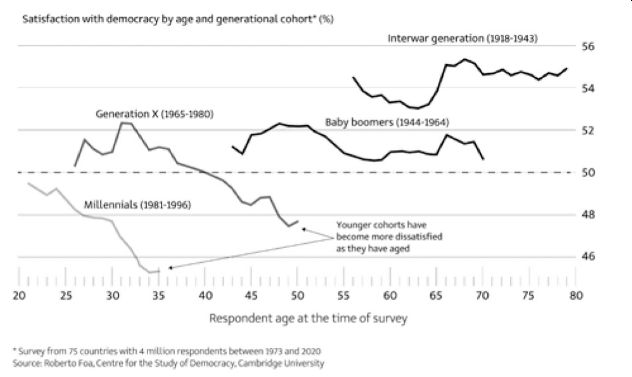
Some European
conservatives argue that citizenship should only be conferred on those with a
“genuine” link to the country. This usage of “genuine” is specious, effectively
reducing citizenship back to the arbitrary happenstance of birth, hardly a
measure of genuine volition. The actual intent of criticizing
citizenship-for-sale programs, of course, is to avoid losing tax revenue. The
“Paradise Papers” (a trove of 13 million documents disclosing offshore
financial holdings of elites from around the world) revealed the extent to
which wealthy individuals, like stateless global companies, will go to hide
their assets in offshore jurisdictions.

The EU is pushing
back, demanding that companies registered in low-tax countries prove their
“economic substance” involves actual people living there. There must be
employees, not just shell companies. Governments count the number of days
people spend within their borders to tax them; soon, they will check your
passport dates and stamps and for whom you did the work. The likely result is
that people will vote with their wallets, moving themselves or their staff to
more tax-efficient places. Companies certainly are, whether Dyson is shifting
its headquarters from London to Singapore or SoftBank’s Vision Fund relocating
from London to Abu Dhabi.
Ireland is already a
tax haven for global tech companies and takes in tens of thousands of new
skilled residents each year, many living in “Googleville”
in central Dublin. After just one year and paying 1 million euros, residents
are eligible to apply for citizenship, enabling them to move at will to other
EU countries competing to attract migrant investors. (In mid-2020, Hong Kong
tycoon Ivan Ho proposed building a new city in Ireland called
Nextpolis to relocate fifty thousand Hong Kong
citizens.)
If countries don’t do
a better job moving their passports up the rankings of global access, their
citizens will just move and change citizenship. While Asian passports from
Japan, South Korea, and Singapore now sit atop the ranking of most powerful
passports, China ranks seventy-fourth, and India is far lower still. Each year,
about one hundred thousand, mostly Chinese and Indians, have come into New
Zealand either to stay or use it as a back door to enter Australia. After alarm
bells sounded, New Zealand backtracked on allowing any foreigners (save for
those from a handful of friendly countries or selected billionaires) to buy
property at all. Now those would-be Kiwis will likely become Canucks instead. A
Chinese proverb advises that a wise rabbit always has three holes to burrow in.
Chinese should know: They’re buying up properties and passports from Canada to
Portugal to Singapore.
So too are Americans.
Historically, Americans only expatriate after many years of frustration at US
tax filings. The ultra-rich 1 percent of American ex-pats can easily afford
either to renounce or to keep US citizenship. Still, it’s the 2 percent, 5 percent,
10 percent, and everyone else that struggles to save money while paying taxes
in two countries simultaneously.2 Punitive tax policy, political populism, and Covid
mismanagement drove a growing number of Americans to the exits throughout the
2010s. In the first half of 2020 alone, American expatriation reached nearly
six thousand worldwide, a 1,200 percent jump over the entire total of 2019, and
would have been even higher if not for the backlog of applicants at various
embassies. Departing elites have their pick of justifications: authoritarian
populist Republicans or woke socialist Democrats. Ironically, Italy and
Ireland, which provided so many grateful migrants to America in the nineteenth
century, are top destinations for Americans using their lineage to obtain
European passports for themselves, and their children too. Who knows where
America’s growing diaspora will go next?
Even those with an American
passport or green card have no longer considered America a haven. An estimated
6 million Americans also hold other passports, they’re “American” on paper, but
America is more a backup plan than a pledge of allegiance. Now both Americans
and these secondary US passport holders are having second thoughts. Even more,
foreigners give up their green cards each year than Americans give up
passports. America’s lost its dominant grip on the best and brightest students,
is losing appeal as a nationality, and is competing in a war for global wealth
and talent, including Americans.
The term “user
experience” applies as much to cities as it does to companies for youth. They
demand that local governance leapfrog from decrepit infrastructure and shoddy
services to sensors managing traffic and digital referenda gathering their
views in real-time. Small and wealthy countries tend to offer the best
combination of security and lifestyle that youth seek, but cities will compete
to be “smarter” than their peers within large countries such as the US.3
“Smart city” now
denotes everything from telemedicine to pervasive surveillance. The
technological dimension of smart city life is a mix of alluring and
discomforting. Apartments are becoming configurable spaces where the furniture
folds itself up to fit the area depending on whether you need a couch, bed,
kitchen, or office.
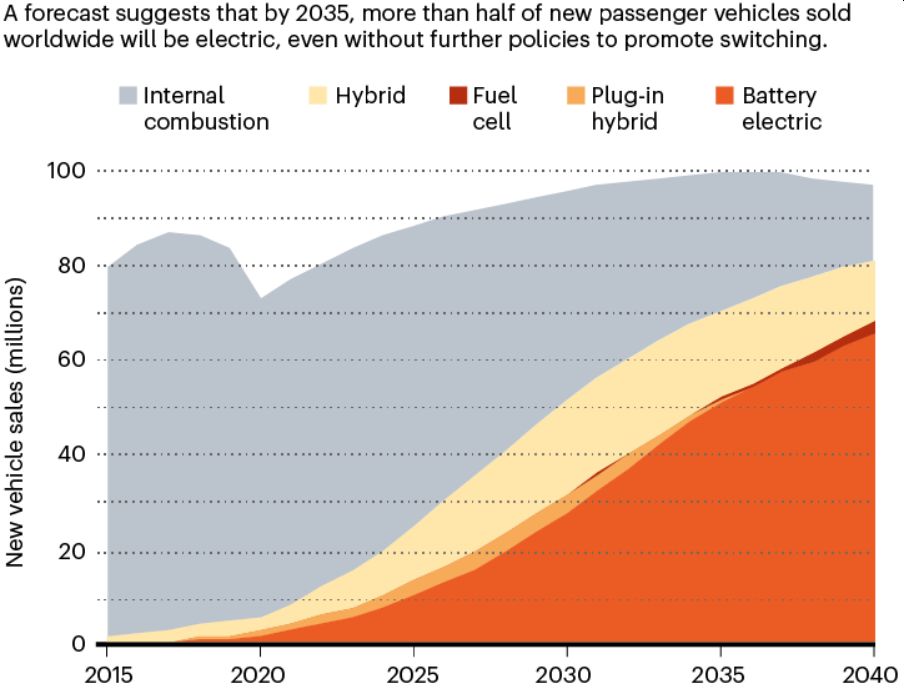
It’s common today to
hear pronouncements about the “death of globalization.” Generations past have
presumed the same about their times. Yet much like Europe after World War I,
each period of retrenchment is followed by an even broader and deeper globalization
wave. So it shall be again. Oil trade may decrease, but the digital exchange is
exploding. Trade-in manufactured goods have ebbed, but capital flows and
cryptocurrencies are thriving. Populism and the pandemic have tightened some
borders, but climate change will drive ever more people across them. Remember
the most fundamental truth about humanity through the ages: We keep building
connectivity across the planet, and we keep using it.
Mobility is destiny.
A map of the world population distribution in 2020 shows large concentrations
along the coasts of North America and the Pacific Rim and the dense urban
clusters of Europe, Africa, and South Asia. But as we animate that map toward
2050, the coastlines of North America and Asia will submerge, and their people
will retreat inland. South Americans and Africans will surge northward as their
farmland desertifies and their economies crumble.
South Asia, India, Pakistan, and Bangladesh, will be the origin of an even more
significant exodus as sea levels rise and rivers dry up. At the same time,
automation makes human labor redundant, and governments fail to provide
stability and welfare. As the decades unfold, dozens of new cities will pop up in
previously uninhabited regions, from the Canadian Arctic and Greenland to
Russian Siberia and the Central Asian steppe. Some towns will move with their
inhabitants.
Our many arbitrary
colonial-era borders hinder cooperation on today’s existential demographic and
environmental challenges. For example, India and Pakistan dispute the Sir Creek
estuary that forms the Feni River’s delta into the Arabian Sea. Here and elsewhere,
countries can’t agree whether a river border should be defined at the midpoint
or the banks. Yet as University of Maryland professor Saleem Ali argues, such
fragile ecosystems should have been turned into wetland conservation areas long
ago rather than militarized. Some sub-Saharan African nations, such as Botswana
and Zambia and Mozambique, and South Africa, have established cross-border
ecological preserves. The same should be done in the precarious but
ecologically precious Demilitarized Zone between North and South Korea. Such
thinking is needed across the world. Though the notorious 1885 Congress of
Berlin is where Africa got many of its straight-line borders, Europeans also
utilized the legal concept of do ut des, meaning
“giving to receive,” or simply tit-for-tat. Today countries can do better than
that: They can also share sovereignty.
Sovereignty today
serves to demarcate zones of political control, but it also shields governments
from complying with transnational responsibilities. Yet climate change raises
new questions about countries’ obligations to conserve habitats, reduce greenhouse
gas emissions, and accept migrants. At the heart of these queries lies a stark
choice. What matters more: nationality or sustainability? Should states be
permitted to have leaders who ruin the Earth for all of us? Is the territory of
Canada or Russia too crucial to the world to be left to Canadians and Russians
alone to govern? Can we evolve from sovereignty to stewardship?
Repurposing entire
swaths of the planet for large-scale resettlement requires re-coding territory
away from strict sovereignty into administrative protectorates designated for
agriculture, forestry, marine life, or habitation. In this spirit, countries could
lease critical habitats to international cooperatives for their sustainable
cultivation. When spaces are so crucial that no one government should control
them exclusively, we can design mechanisms that balance sustainability with
fair access. The International Union for Conservation of Nature (IUCN) helps
countries designate nature reserves, wilderness areas, national parks, and
sustainable resource development areas and finds the right partners to assist
them to protect, regenerate, or attract tourists to these ecozones. To date,
such technical support by IUCN and the World Wildlife Fund has led to 15
percent of the Earth’s land area being designated as protected areas. E. O.
Wilson argued our target should be 50 percent, half the Earth. Linking biospheres
would allow many currently endangered species and natural habitats to
regenerate, from North American forests to the Amazon river basin to African
grasslands.
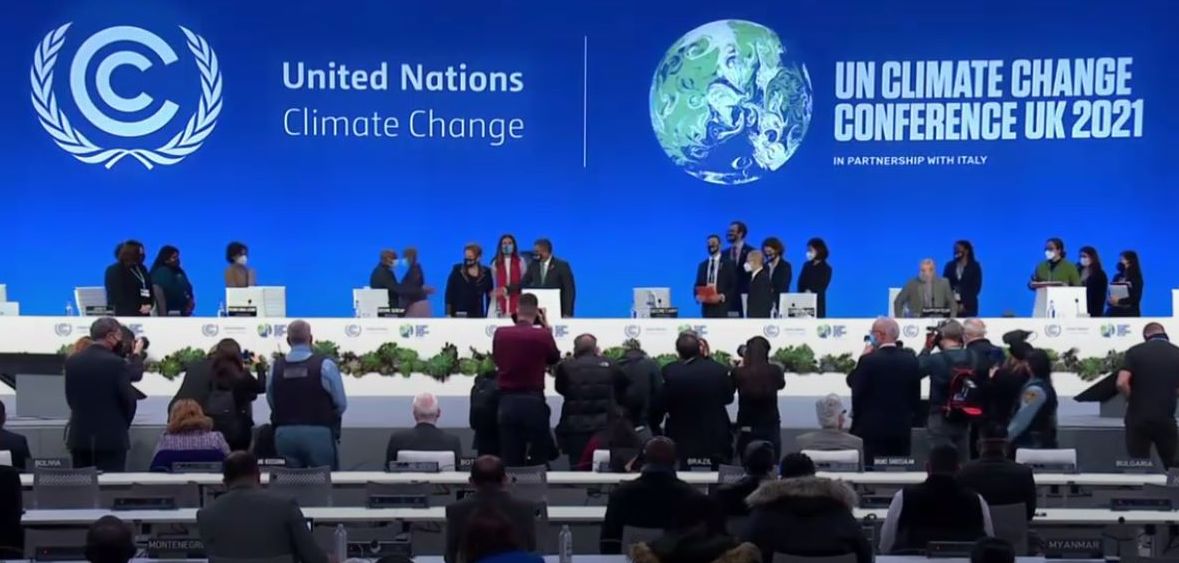
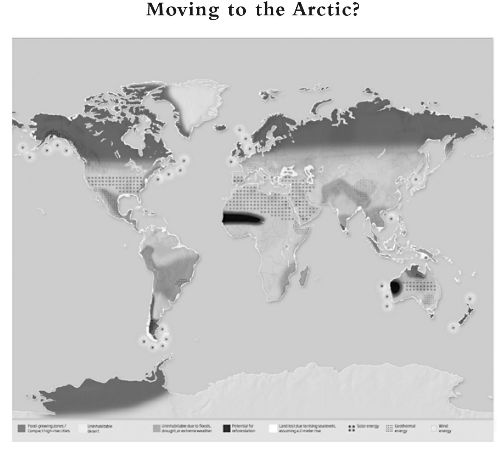
If temperatures rise
by four degrees Celsius, Canada, northern Europe, and Russia would be the only
regions of the planet suitable for year-round human habitation. Due to droughts
and other environmental hazards, today’s most populous countries, such as China,
India, and the US, would be unsuitable. However, the US and other parts of the
world could still be producers of solar, wind, and other renewable power
sources.
And yet, we will try.
America’s only partially Arctic state, Alaska, has been flagged in the EPA’s
Climate Resilience Screening Index (CSRI) as having the highest number of counties
prepared for climate hazards. With its low population density, it also had the
lowest Covid infection rate of any American state. But currently, Alaska is
losing people annually to better jobs in the lower forty-eight states. It will
undoubtedly attract rugged Americans seeking a low tax escape to start a new
life and enjoy less scorching weather. But even in Alaska, dozens of coastal
towns are engulfed by rising Pacific tides, while heat waves have been killing
salmon in rivers before they can spawn. Farther inland, oil drilling and timber
logging threaten the state’s nature preserves. A fresh start may well mean
building new towns altogether. There and across Canada, one will find an
archipelago of new Arctic melting pots.
In Europe, the gold
rush for Arctic real estate has already begun, driven not least by massive
gusts of hot Saharan desert blasting north from Africa. Before the long heat
spell of 2019 arrived, a Spanish meteorologist announced, “Hell is coming.” A
longer dry season in Germany’s Brandenburg region has caused wildfires and
ashen haze in Berlin, with similarly black-red skies during heat waves in
Moscow as well. Scandinavian property developers keenly offer summer dachas to
Europeans from farther south. The first company that announces it’s building an
Arctic outpost to relocate its staff during the summer will need AI to scan
through all the CVs flooding its inbox. After all, with twenty-plus hours of
daylight in the summer, there will be plenty of time for both works and
play.
Arctic territories
will take on a new purpose: to build something for humanity where there was
only nature before. Like the Amish or Mennonite communities who pioneered
westward in nineteenth-century America, small communes will strive to live
off-grid, harnessing local water supplies and agriculture to reduce dependence
on the wild world beyond their horizon. The Arctic will also be tempting for
scientists, engineers, environmentalists, and financiers to establish research
settlements. They’re already coding their digital community by simulating
architecture in VR and transacting in cashless blockchain contracts. Next,
they’ll raise funds from investors and negotiate with governments to grant them
land to colonize in exchange for investment and access to the benefits from
these new businesses. It will be, in the words of Balaji Srinivasan,
“Cloud-first, land last.”
A more populous
Arctic region may come to resemble the resource-rich continent of South
America, where indigenous people, Iberian colonists, African slaves, Europeans
and Asians escaping hunger, and Arabs fleeing civil war have all layered over
the centuries into a unique milieu. Over time, one should expect to see in the
Arctic not only Europeans, Russians, and North Americans, but Syrian and Indian
farmers, Chinese and Turkish industrial engineers, and dozens of other
nationalities planting trees, building settlements, and harvesting resources.
What better geography to promote a new orientation for human identity than the
barren far north, which for centuries was stateless terrain?
When the ice melts
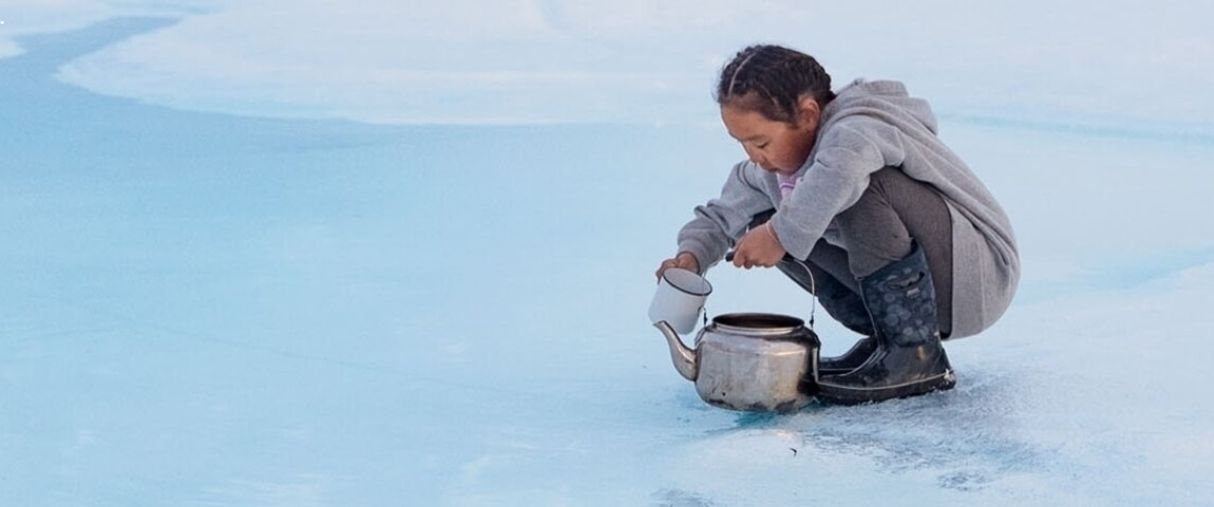
At the same time, the
land grab for resource extraction, agro-industry, and real estate development
will accelerate. The
Inuit and Sami people already subsist precariously off the land and sea as the
ice melts. A new commercial influx may further force them onto
reservations, as with Native Americans in the US and aboriginals in Australia.
This would be a reversal for Canada, given the First Nations' significant
autonomy in recent decades. Mining companies, billionaire environmentalists,
and indigenous peoples may battle in courts and on the ground over
sovereignty.
Arctic geopolitics
may also further heat the already warming northern cone. New shipping routes
allow North Americans, Europeans, and Asians to evade traditional bottlenecks
such as the Suez Canal or Strait of Malacca. At the same time, Russia is
deploying armored icebreakers and nuclear submarines to assert its territorial
claims as mineral deposits are discovered. Once Arctic states disputed claims
on the ice sheet, they’ll now do so on the ocean floor. Given the lucrative
resources and trade routes, the Arctic represents, perhaps piracy will migrate
north too.
China has taken a
growing interest in the Arctic, declaring it a “polar Silk Road.” Chinese
investors have sought to buy strategic tracts of land in Iceland and Norway,
but Nordic democracies have rebuffed offers that don’t involve full local
control and democratic scrutiny.
Shanghai:
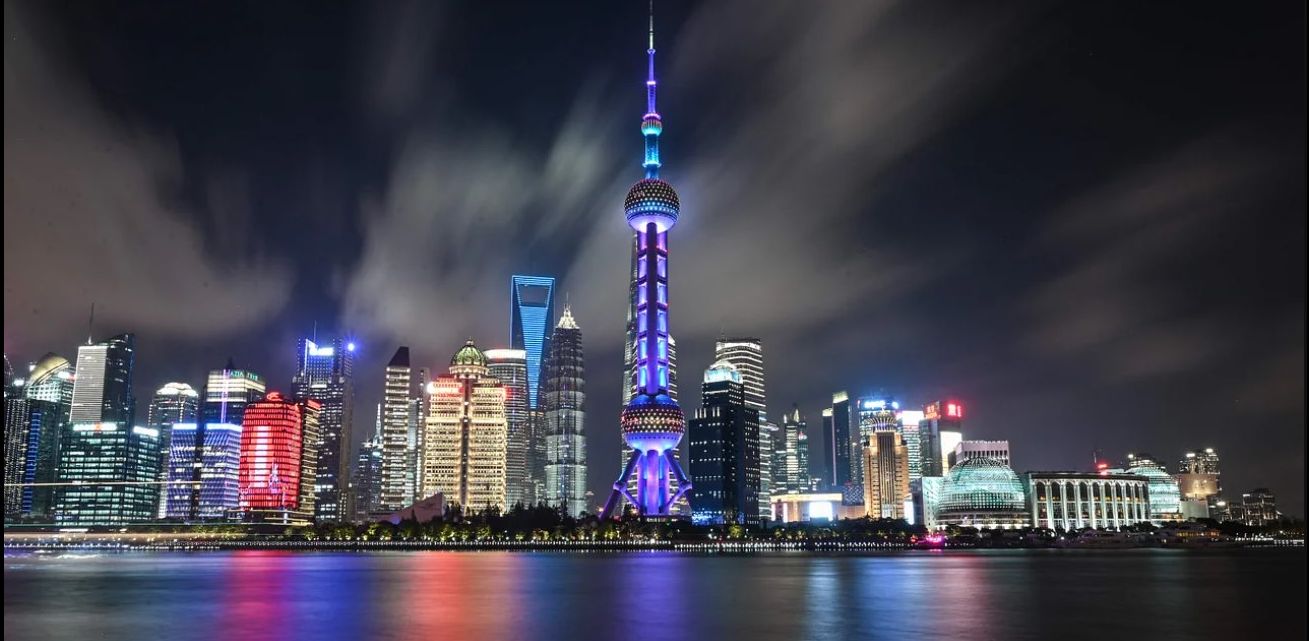
A scenario
amalgamating these trends points to the rise of a network of northern
hemispheric trading hubs across which hundreds of millions of people may
eventually circulate. This revival of the early medieval Hanseatic League, with
members spanning beyond Hamburg and Tallinn to include St. Petersburg,
Reykjavik, Kirkenes, Aberdeen, Nuuk, Churchill, and other like-minded
entrepôts, signals a future in which once again city-states and their chambers
of commerce drive vital global relations among pragmatic trading powers.
Can we pre-design our
movements into the Arctic latitudes in such a way that we tread lightly,
gradually preparing the terrain to absorb populations without destroying the
resources on which we depend? Or will we bring rapacious extraction,
pestilence, and geopolitical troubles as we have elsewhere in the past? If we
don’t get the Arctic right, there won’t be any other options left.
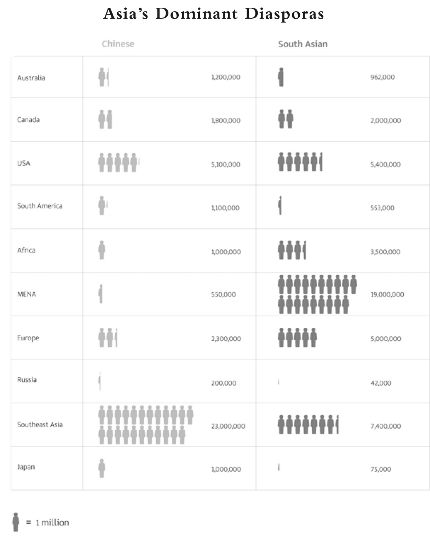
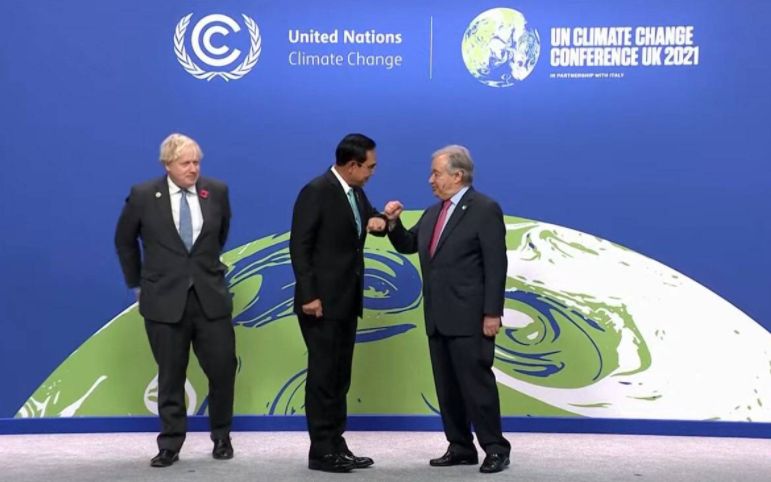
1. According to the Healthcare
Access and Quality (HAQ) Index, the three best healthcare systems are in Iceland,
Norway, and the Netherlands. Universal healthcare is offered in eighteen
countries: Australia, Canada, Finland, France, Germany, Hungary, Iceland,
Ireland, Israel, the Netherlands, New Zealand, Norway, Portugal, the Slovak
Republic, Slovenia, Sweden, Switzerland, and the United Kingdom. In addition,
Austria, Belgium, Japan, and Spain have near-universal health coverage.
2. Kant was, not
incidentally, one of the first philosophers to treat geography as a discipline,
outlining its subcategories, such as physical, economic, and moral. He wrote of
a “philosophical topography” to explain how spaces and places shape human experience
and knowledge. Malpas and Thiel, “Kant’s Geography of Reason,” Reading Kant’s
Geography (2011), in Robert B. Louden, “The Last Frontier: The Importance of
Kant’s Geography,” Environment and Planning D: Society and Space 32, no.3
(January 2014): 450–465.
3. A joint report by
IMD of Switzerland and the Singapore University of Technology and Design (SUTD)
ranks cities based
on their technology deployment to improve citizen experience.
For updates click homepage here